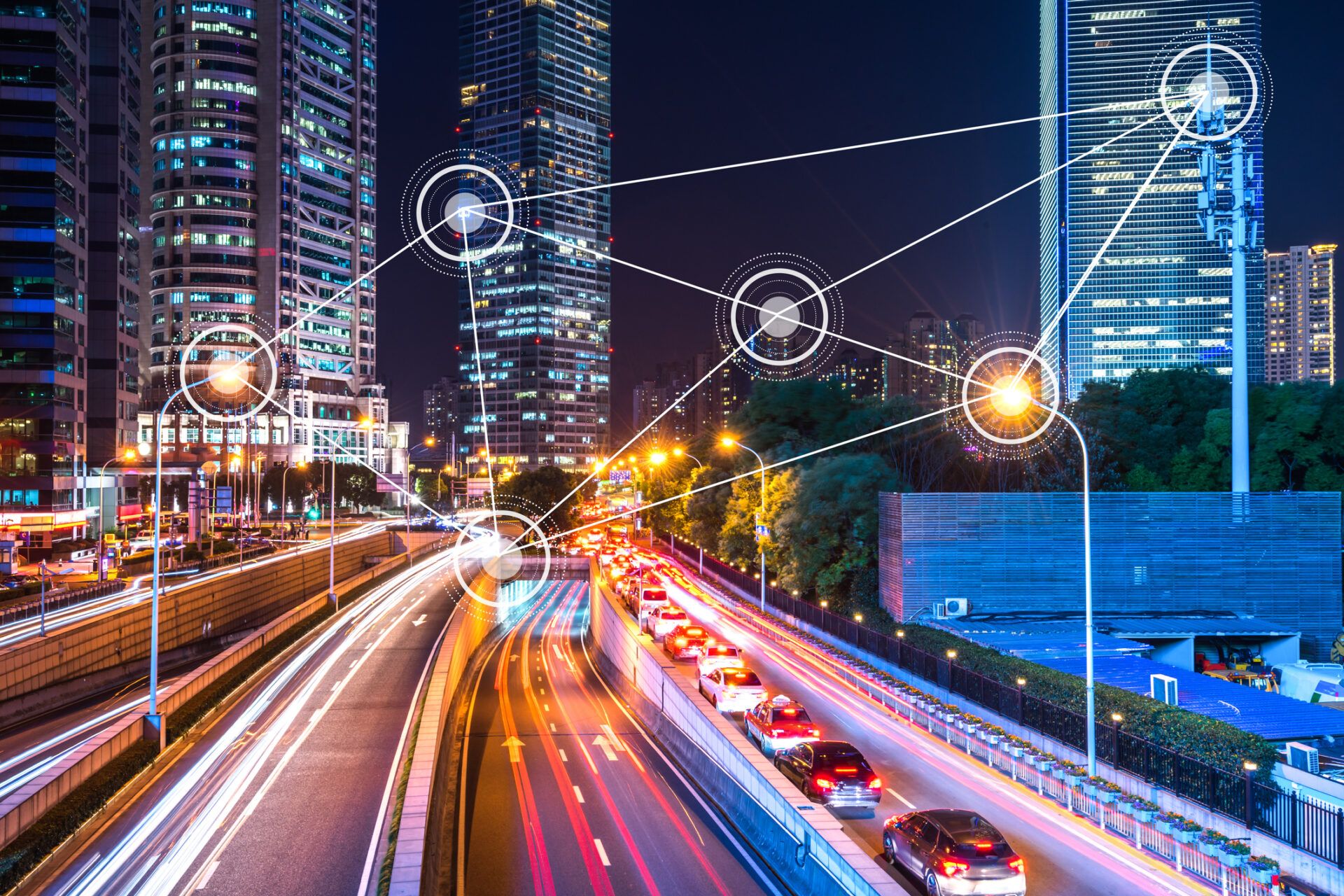What Makes a City Smart?

Smart City has become a dominant narrative for the future of cities. The Smart City concept has become a leading idea in policy planning for sustainable urban communities. The element that seems to be shared by all ideas of city smartness is the application of Information and Communication Technologies (ICT) to basic infrastructural services.
In Africa, the idea of owning a smart city appears to run deep in the heart of most leaders. However, actualizing this task has seemed very impossible. Konza Tecnocity in Kenya, which aimed to be the largest smart city south of the Sahara, is still having trouble convincing investors to participate in it nine years after it was first envisaged.
Eko Atlantic City in Nigeria, which made the promise to house 250,000 people on land reclaimed from the sea in 2010, is currently vacant.
Urbanization was to be transformed by Wakanda City in Ethiopia and Hope City in Ghana. Despite unfavorable government restrictions regarding cryptocurrencies, Senegal’s “Akon city” promises to function on the Akoin coin. No one has made any real strides.

Former President of Seychelles Danny Faure speaking on the need for bankable strategic infrastructure based on data at the ninth edition of the Africities Summit this year noted that Africa needed $170 billion per annum to meet its infrastructure needs but has a deficit of about $110 billion dollars. That is a big wahala, but it is solvable. Faure added that there was money in the form of sovereign wealth funds, pension funds and insurance funds, but most governments have shown low commitment in stamping out corruption which eats into every round of project financing.
With all of this in mind, we should understand the general parameters of what it means to call a city “smart.”
Functionality
The characteristics surrounding smart cities include socioeconomic factors and technical resources, particularly those that are local to the city. Smart cities employ data and digital technology to address a variety of urban issues, including population density, air and water pollution, waste management, energy inefficiencies, and transportation.
None of these features are present in the majority of cities. Even if just a few African towns now routinely adopt data and technology, they still cannot be deemed “smart”. This is due to the fact that the Internet of Things (IoT), in particular, is what distinguishes the smart city due to its unwavering embrace of digital technology.
Every surface and piece of infrastructure inside its boundaries is covered with networked digital devices that collect a wide range of data on the metropolitan environment and its people. Driverless cars and artificial intelligence are two more futuristic aspects that are frequently included in the design of the ideal smart city.
The information gathered by the “nervous system” of the smart city can be utilized to develop “smart apps,” direct automated processes, and assist city administrators in making decisions, which boosts efficiency and streamlines the provision of public services. The alleged advantages of this “smarter” data architecture range from healthier citizens to more sustainably and environmentally friendly built environments.
Social Consciousness
A smart city employs technology to connect its residents, keep them safe, and improve their quality of life. However, one of the most difficult problems for governments has been dealing with the concerns of radicalization, terrorism, armed robbery, and small-time thievery in metropolitan regions of Africa. Also unclear is how people fit into the present SC story. People are encouraged to become intelligent, inventive, connected, healthy, safe, culturally lively, and happy, on the one hand. The city is not smart if these social factors do not exist.
Africa’s march toward making intermediary cities the new hubs for economic development will only result in a stumble if little progress is being made in overcoming these obstacles.
In order to safeguard local residents and improve the general standard of living in the region in question, smart cities must use motion detectors and video surveillance technologies to lower crime rates and lower the danger of natural disasters in certain public locations. Developing and implementing systems to handle and avoid potential safety issues is another benefit of smart city solutions.
